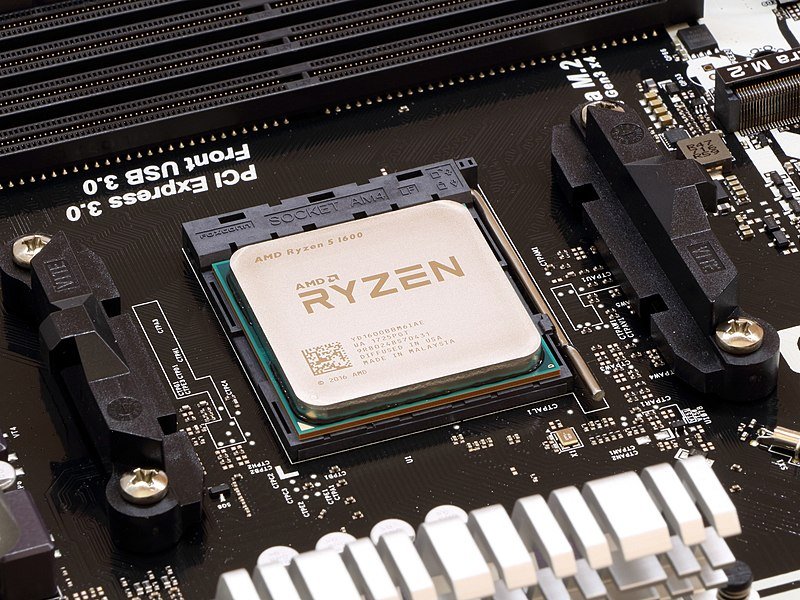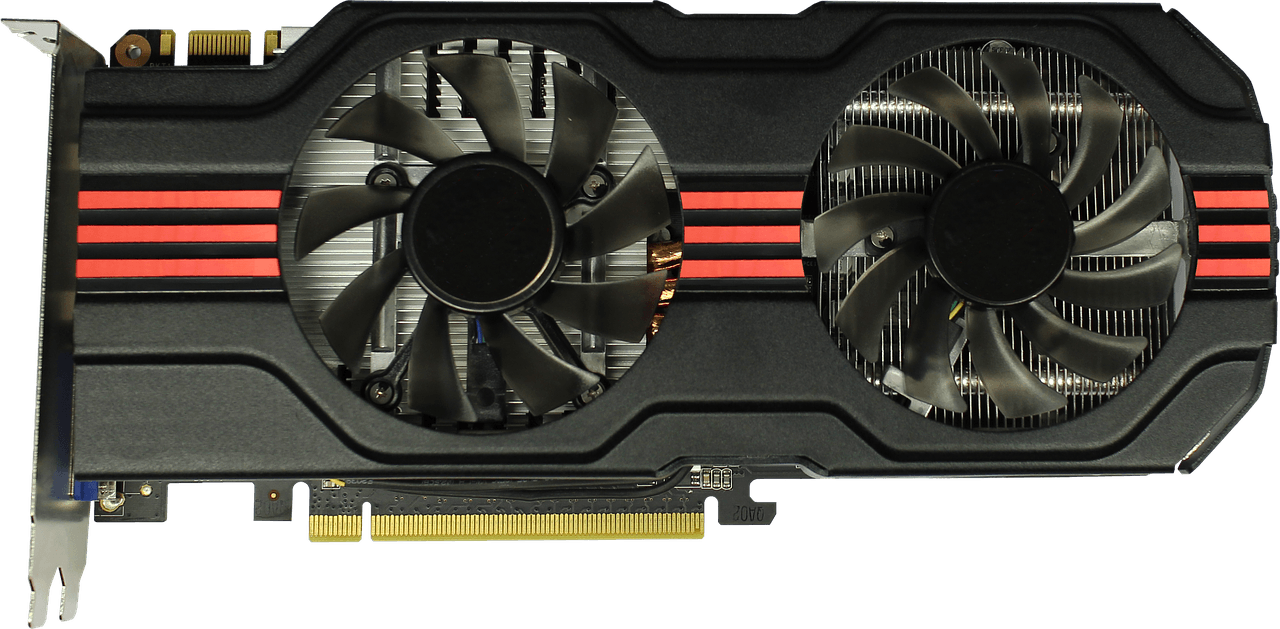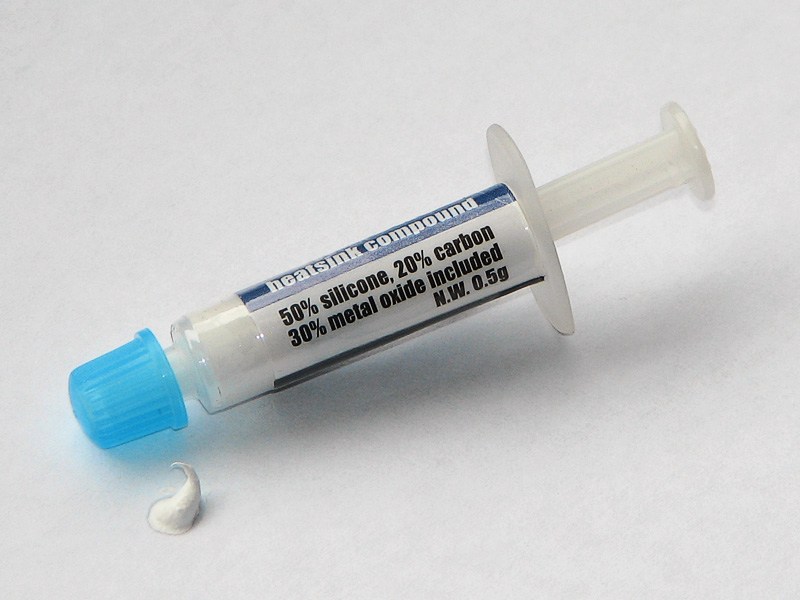How Often Should You Change Thermal Paste On Cpu
If you discovered the wonderful uses of thermal paste and how a simple-looking chemical compound could be the reason why your estimator is heating up, you're probably wondering how often should y'all replace thermal paste and how long does thermal paste last?
You'd be surprised how common this question is from both beginner and advanced estimator users. Even hardcore PC users similar gamers may be at a loss when asked most the frequency of replacing thermal paste and how much is too much thermal paste.
Simply put, the respond doesn't rely on you using the best thermal paste, but it is often on a case-to-example basis. This post should clear upwards your worries nigh when should you supersede thermal paste.
How Oftentimes Should You Replace Thermal Paste on CPU, GPU & Laptop
Information technology doesn't matter if y'all're working on your laptop, CPU or GPU. Some computers live up to x years without the need to supercede thermal paste.
Of course, this depends on several factors, such as what you utilise the figurer for (are yous a gamer, or standard PC user), and blazon of cooling system, among others.
If this is the case, when or how to tell if thermal paste needs replacing? There are 3 scenarios where thermal paste reapplication is absolutely required:
Nosotros'll hash out the reasons why these scenarios occur below.
What Is Thermal Paste & What Does it Do?
Only first, what is thermal paste and what does it practise?
Thermal paste, or thermal compound is a material used in installing your computer'due south cooling solution. This is used in the CPU, graphics bill of fare, or any processor that requires some kind thermal solution to operate at optimal efficiency.
When you buy a new graphics carte, manufacturers already placed a layer of thermal paste on it, so y'all no longer accept to do it on your ain. If you're making a custom gaming rig and planning to install liquid cooling, you would demand to buy your own tube of thermal paste and use information technology yourself.
The DIY thermal paste awarding is also essential if the original cooler or heatsink had to exist removed due to the scenarios listed above.
If yous very closely expect at the metallic base of the cooler or estrus sink, you'll meet that these surfaces aren't really flat. These tiny gaps, even if it isn't visible to the naked heart, could cause poor heat transfer. The bigger the gaps between the two surfaces yous're connecting, the less they are able to connect and results in lesser heat transfer likewise.
Thermal paste helps in filling those gaps.
How Often Should Y'all Reapply Thermal Paste On Your GPU and CPU?
If yous sympathise why thermal paste tin can assist your GPU or CPU cooler do its job, you shouldn't be wondering how often should y'all supplant thermal paste on CPU anymore.
In most cases, replacing GPU thermal paste volition simply be necessary after v to x years. And even and so, if y'all are an avant-garde user, there's a chance that you may be upgrading your GPU completely and would no longer need to reapply any thermal solution.
Your goal should be to follow certain precautions and maintenance, and then there is a slim hazard worrying nearly replacing thermal paste on GPU or CPU someday soon.
Example precautions include:
- Ensuring your GPU and CPU environment is clean of dust and within optimal temperatures
- Clearing out your dust filters
- Cleaning your PC instance regularly
- Ensuring the GPU or CPU has proper cooling
- Learning how to replace thermal paste on CPU or GPU properly
If yous practise follow these maintenance tasks religiously, the CPU or GPU would remain at the required cool temperature and endure less performance issues. This also ways you lot'd spend less money and time troubleshooting your organization.
GPU and CPU Environment
Yous might think that the reply to the dilemma of how often should yous supplant thermal paste lies simply on the components inside your PC. This is an assumption that could pb to a lot of headache.
Sympathise that processors like the GPU and CPU produce extraordinary levels of oestrus, which is why they are designed to pair with some kind of cooling system. This cooling system, which is oftentimes a fan placed right abreast them, or even around the CPU case, keeps the processor from overheating.
As such, y'all should make sure that this fan (or any other cooling system) remains make clean.
Imagine a traditional fan and how quick information technology is to absorb dirt or grit. Now imagine the fan inside your PC sucking in all the dust from your room. Run across? Even the surroundings outside your estimator affects the performance of its cooling system. And in one case this fan or cooler gets blocked by dirt, all hell will suspension loose and it could be the start of your GPU or CPU'south heating problem.
This is the easiest maintenance of all: make clean your room, office, or any area where your computer or laptop is located. Clean it regularly.
Withal, one environmental factor that y'all have no control over is the climate. Are you living in a country or region with hot climates? The only solution for this is to utilize air-conditioning where your computer/laptop is situated, or opt to use the computer at dark when the climate gets a bit friendlier.
Your PC Case & Dust Filters
Sometimes, the solution to overheating may non be continued to replacing thermal paste on CPU or GPU. Information technology may merely be due to your PC example.
The generic case that comes with estimator packages usually don't have many bells and whistles that are available on advanced gaming rigs. Sometimes, regular users are unaware that the instance, its fans and how a CPU collects dust are iii factors that could crusade overheating.
If you're ownership or replacing your PC case, the nigh platonic ones are equipped with:
- Dust filters - Equally you know past now, keeping your PC room dust-free is important and could affect how oft to supercede thermal paste. If your CPU is clogged with dust, dirt, pilus, or whatsoever other gunk, the chances of your computer running hot and throttling increases. Having a case with dust filters could solve this problem, or at least reduce the chances of debris from reaching inside the CPU.
- Multiple fans - As a general rule of thumb, the more fans your PC case and CPU has installed, the better your organisation's airflow would exist. One fan doesn't cut information technology, so make sure yours have at least a pair of fans to keep the temperatures depression.
If possible, stay away from cases made of tempered glass and other materials that could cake airflow if not designed efficiently.
This doesn't mean you can't take a PC case without dust filters and ii (or more) fans. It is entirely possible to use it without overheating, every bit long as you are not using resources that contribute to increasing the system's temperature.
Condition of Your GPU and CPU
The condition of your CPU or GPU will also dictate when to replace thermal paste.
Nigh average computer users exercise not have to upgrade or modify CPU until it dies on them and no longer runs. But in the example of gamers and heavy users (graphic designers, programmers, and then on), this decision could based on whatever of these things:
- If temperature of your computer increases when utilize
- If yous are experienced lower operation than what your system used to handle
- If you want to play a game or run a program that requires a college-operation GPU or CPU
Plainly, if either of your CPU or GPU no longer works at an optimal level, it straight affects your cooling system because damaged components generate more than heat than they should.


GPU and CPU Cooling Requirements
Calculator parts usually generate quite an amount of heat even during normal use. This is the reason even the most basic computer has a fan built into its case, and why gamers opt for advanced cooling systems for their set-ups.
Try to cover your CPU's vent and you'll literally feel it working harder than it should. The reason for this is that the heat-generating components of your computer rely on proper airflow to work optimally. This means that the example, fans and other cooling components must work together then that cooler air could be drawn from outside, while hot air generated within the CPU is expelled.
Your GPU (graphics processing unit) and CPU (central processing unit of measurement) are the biggest heat generators in your system, which is why most manufacturers design them with their own built-in cooling systems. It'due south the reason why a heatsink is connected to the CPU and why a typical GPU has a fan and an exhaust to keep information technology cool.
If you buy a new graphics card or CPU, bank check for cooling requirements. This requirement varies between brands and models, so make sure to read the transmission.
Disassembling the GPU and CPU
Almost all CPU coolers require thermal paste to "stick" to the other surface, but some components already have this pre-applied. If you're unsure, expect at the lesser of your CPU libation'south base plate (this is the side that attaches to the CPU). If you see a sparse layer of silver thermal paste, and so you lot don't need to apply it anymore.
However, if for any reason you lot must disassemble your GPU or CPU, reapplying the thermal paste is a necessary footstep.
For first-timers, replacing thermal paste on CPU can be tricky. Yous can follow my guide for proper thermal paste application.
For visual learners, good matter there are hundreds of videos on YouTube that could guide you through this stride-by-pace. As long as you follow instructions to the T, and are careful non to bend pins or spread also much thermal paste all over your system, then all is good.
Just make sure to follow the steps in reverse when reinstalling, reseating everything. Not securing your CPU or GPU in identify is just as bad as leaving them loose or unseated.
The Quality of the Thermal Paste
If you lot're installing a make new GPU, in that location's a huge chance that information technology comes with pre-applied thermal paste. If this GPU is from a reputable brand, I'm betting that the thermal paste they used for their component is too high quality.
How to know if a thermal paste needs replacing? If you aren't installing a new component and is just reapplying thermal paste subsequently troubleshooting or fixing loose heatsinks or coolers, then this is where it becomes tricky. You will need a tube of thermal paste to become the job done.

You'll need to consider three things when buying thermal paste:
Choose from a known make and splurge for quality. If y'all choose based on price and end up using a low-quality thermal paste, it could dry out speedily and force you to reapply within a year or then. Thermal paste alternatives which we covered in this postal service practise non concluding that long.
Having Issues with Your GPU and CPU?
Yous have several clues if the bug you're experiencing with your GPU or CPU is due to heat transfer problems. They might include:
- Unstable CPU or GPU's temperature when checking BIOS or GPU settings
- PC freezing while your play video games
- GPU fan spinning too fast, too slow, or besides noisily every fourth dimension you boot the PC
- PC not performing as optimally every bit it used to
- Your CPU is hot to touch when using resources-demanding tasks such every bit rendering videos, editing photos/videos, gaming, programming, and so on.
If you are experiencing any of these issues, the first thing you should cheque is your CPU or GPU's cooling arrangement. Prepare to make clean off old thermal paste, reinstall your GPU/CPU, dot or line a new awarding of thermal paste, and put all the cables and components back in its original place.
Source: https://pcgamehaven.com/how-often-should-you-replace-thermal-paste/
Posted by: oliverwharned.blogspot.com


0 Response to "How Often Should You Change Thermal Paste On Cpu"
Post a Comment